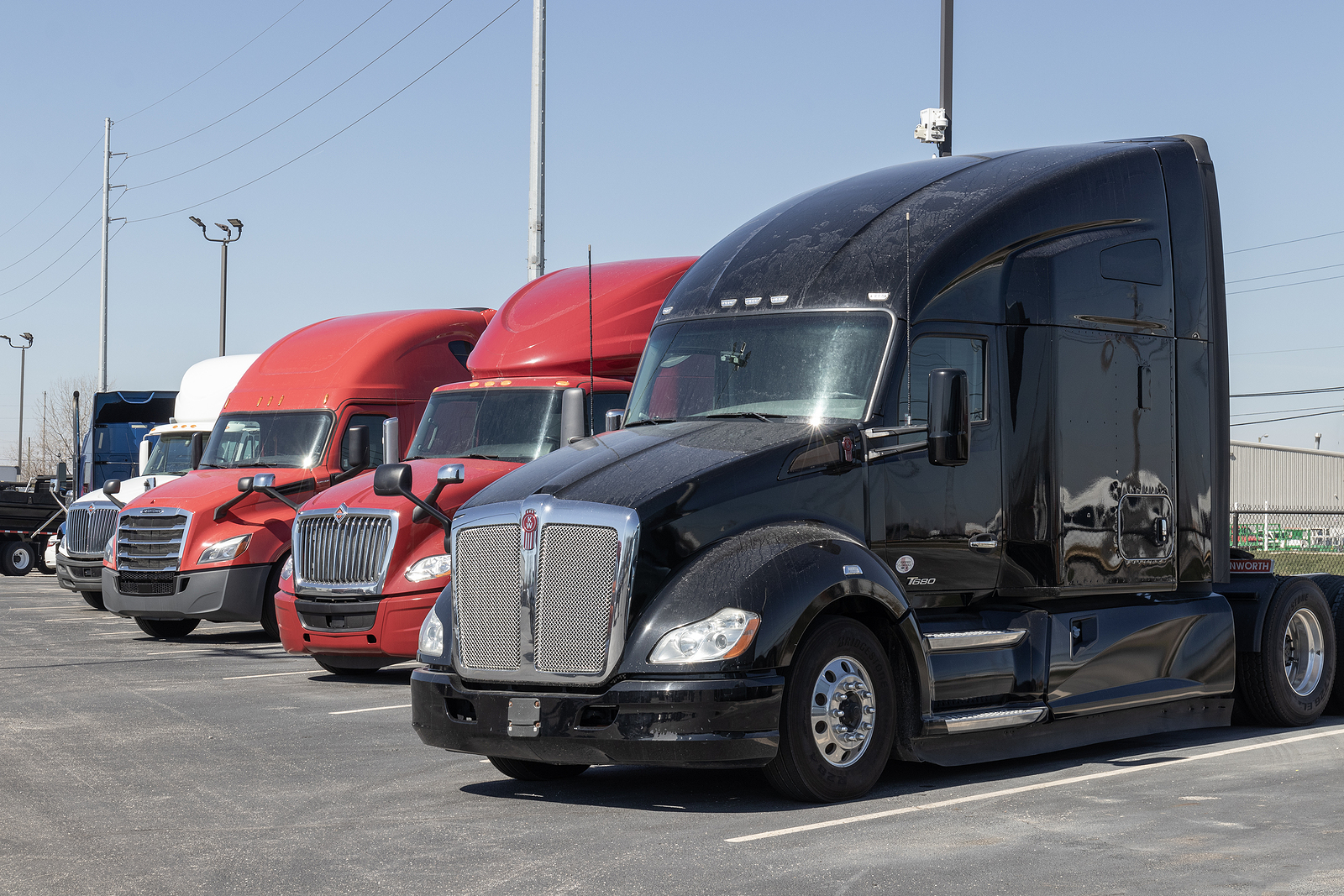Thirty-two members of Congress recently wrote a letter urging the National Highway Traffic Safety Administration (NHTSA) to address a national crisis: the surge of traffic deaths on American roads. This letter implored NHTSA to prioritize pedestrian protection and visibility from the driver’s seat in federal vehicle safety ratings, known as the New Car Assessment Program.
Since then, leading road safety organizations have continued their longstanding efforts toward achieving change on this and other critical safety issues.
Together for Safer Roads (TSR), which counts some of the world’s largest trucking fleets among its members, applauds these efforts. But the work cannot stop there.
In addition to eliminating blind spots in trucks and cars, we must do the same for the millions of large commercial and government fleet trucks. Vehicle size is a significant factor when it comes to traffic fatalities. Larger, conventionally designed trucks have bigger blind spots compared to newer, cab-over-engine “high vision” designed trucks. Decreased visibility can cause slower driver reactions to impending collisions. At the same time, the weight of the trucks means they stop more slowly and hit pedestrians with increased force. The lawmakers’ letter states that “larger vehicles such as SUVs, pickup trucks, and vans are significantly more likely to hit pedestrians when making turns, and deadlier when they impact pedestrians.
Unfortunately, this risk is amplified by the larger size of commercial trucks. According to research compiled by the National Association of City Transportation Officials, large trucks comprise 4 percent of the U.S. vehicle fleet yet are involved in 7 percent of pedestrian fatalities, 11 percent of bicyclist fatalities, and 12 percent of car and light-truck occupant fatalities. Furthermore, a 2006 University of Michigan study found that 20 percent of truck-initiated crashes are linked to poor direct vision.
We have the opportunity to change this now. High-vision trucks, designed with front cabs that offer superior, direct visibility of the entire road exist and are prevalent on the roads in many European countries. As a public safety priority, we must make these safer and superior vehicles the standard on our roads.
Even the most experienced and careful drivers cannot always overcome the dangers associated of limited behind-the-wheel visibility. Consider this scenario: a driver in a conventional designed cab follows all the rules of the road, stopping four feet back from a crosswalk. But, according to research by the Department of Transportation’s Volpe Center, this driver would still be unable to see up to 12 preschool children in the crosswalk. Seeing most road users is unacceptable. The only acceptable answer to the question of who truck drivers can easily see through their cab windows is everyone.
TSR launched a U.S. Direct Vision 5-Star Rating System earlier this year. Informed by Transport for London’s similar program and developed with partners like New York City and the Volpe Center, this rating system, for the first time, allows safety-minded commercial fleet owners to analyze quickly across a five-star rating system how safe (or not) their vehicles are from a vision perspective — empowering them with the information they need to make strategic purchasing decisions and positively influencing the vehicle makeup for their fleets.
New York City operates the largest municipal fleet in the country and is often the bellwether for changes in the government fleet industry, therefore, it is crucial when NYC takes action in this space, like its 2018 announcement to transition to high-vision trucks where possible. Bold steps like this help demonstrate the viability and importance of large-scale, fleet-wide change, and we must ensure that supply can meet growing demand.
The combined fleets of TSR members and NYC represent an untapped domestic market for direct vision trucks in the tens of thousands. By leveraging this purchasing power, we can send a clarion call to vehicle manufacturers that there is the utmost need to make safer, high-vision trucks far more readily available at scale.
We are all on the road together and benefit from prioritizing direct vision in vehicle design, ratings and standards. Safer trucks already exist, and we must prioritize getting them into the marketplace and on the road. Industry and municipal fleets are ready and willing, and by working together, we can create safer fleets for us all.



